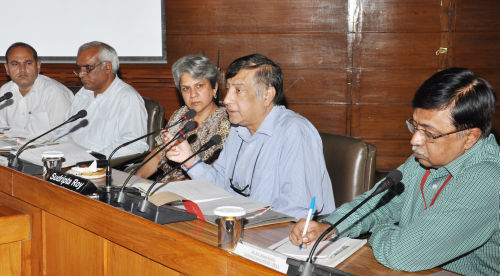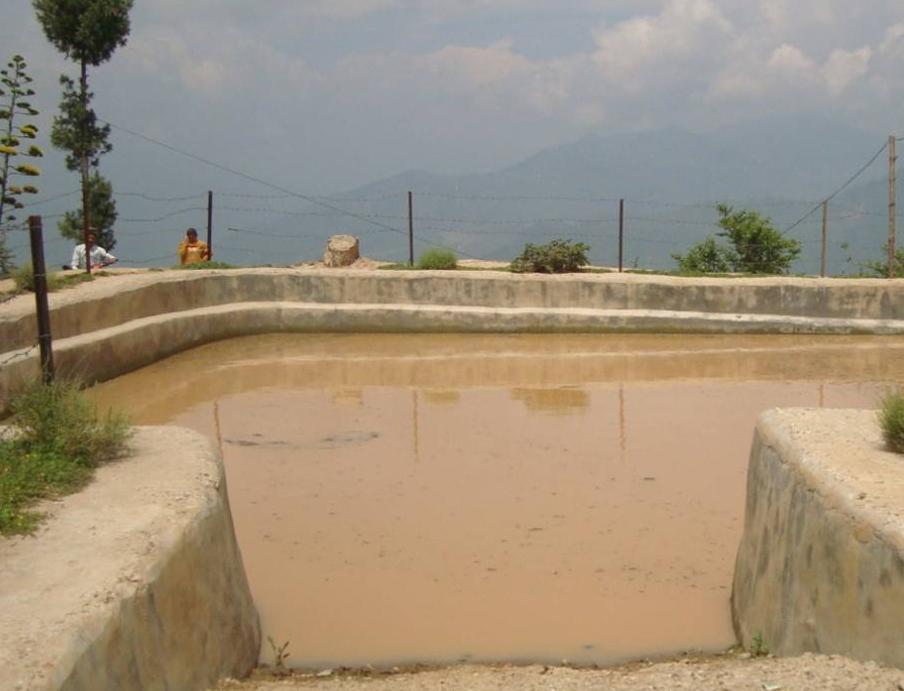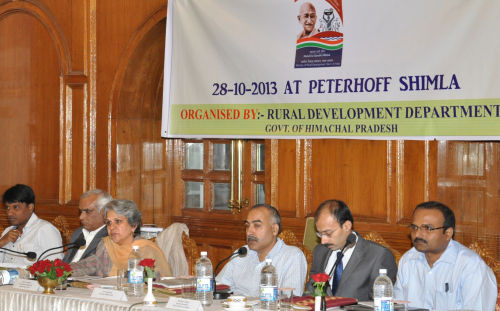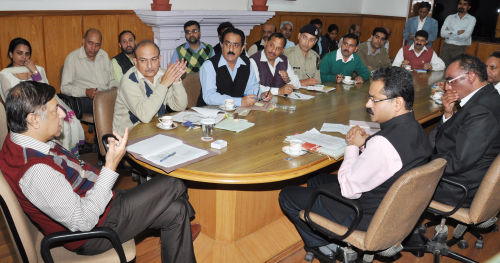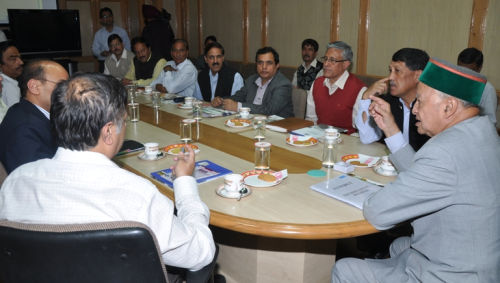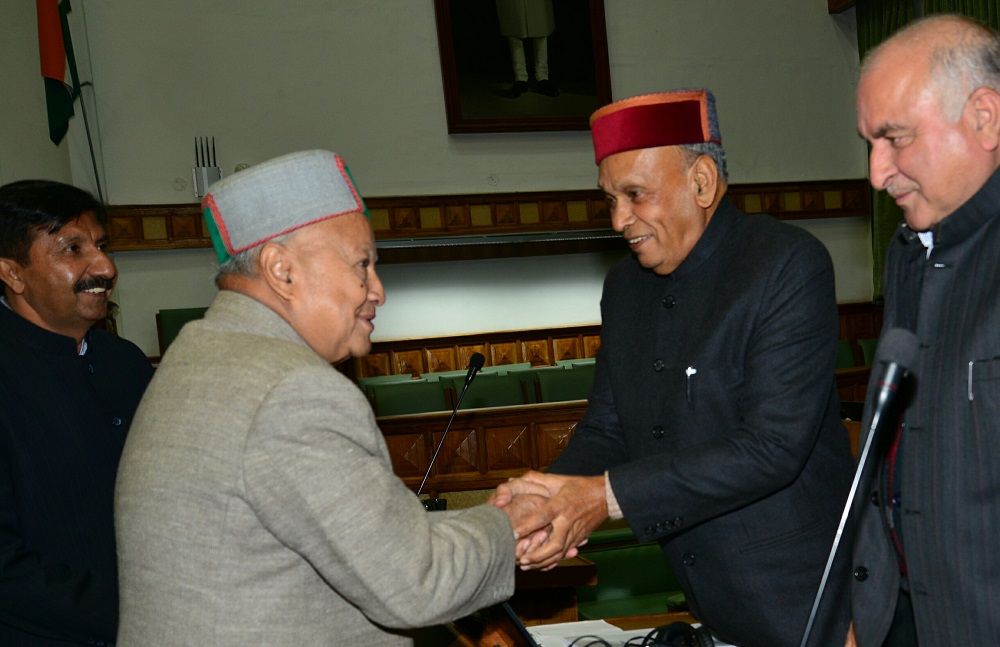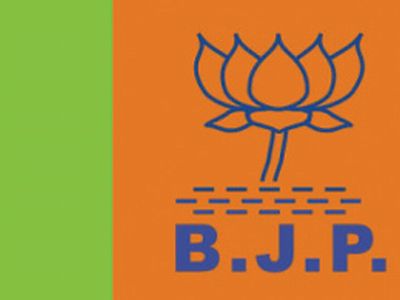In the 6th meeting of the State Level Nodal Agency, Integrated Watershed Management Project (IWMP), here today, Chief Secretary Sudripta Roy said that HP requires to adopt an economic model for implementation of Watershed Schemes keeping in view the further tie-ups with various agencies which includes issues as marketing, issues pertaining to Livelihood activities of Self Help Groups , besides checking soil erosion, promote water conservation and bring economic benefits to the people, particularly the farming community.
He stressed for long run sustainability of Watershed Management Programmes, which he said could only be achieved, if planned properly before launching of the project in particular area and if we brand our products so produced , identify who the stakeholders are, then I am sure that it would help in strengthening the economy of the rural areas. As Water management is the only key to success of agriculture in a state it becomes necessary that the Detailed Project Reports should be prepared wisely taking into consideration all the pros and cons and thereafter monitoring it regularly.
As the State has exceedingly benefited from the World Bank aided HP Mid Himalayan Development Project (HPMHWDP) of Government of India (GoI), which was running in 10 districts of the State, it was deemed necessary by the Union Government to start Integrated Watershed Management Project in the State through Rural Development Agency of the State Government, said Roy.
He said that though there may be overlapping of project areas in many Panchayats, but both the agencies, the IWMP and HPMHWDP could determine beforehand the respective activities to be undertaken by each of them as the people had been getting benefits from both the schemes. He said that both the agencies were working with the objective of establishing credibility and rapport and strengthening the rural economy and creating avenues of livelihood.
He suggested that keeping in view the concept of convergence it would be appropriate that the IWMP and HPMHWDP should supplement each other and both can work in same Gram Panchayat and convergence can be done at GP level with Gram Sabha as a platform to avoid any duplicity. However, as the funds provided under both the schemes are neither transferable nor can be diverted for the work, other than marked for, it gives a problem sometimes and in absence of convergence certain schemes do not sustain longer and do not give the desired results.
Chief Secretary said that the Watershed management cannot be realized in isolation as it involves different administrative wings of the government. To have an effective watershed management schemes various flagships schemes of GoI must converged to yield desired results. He emphasized on interdepartmental coordination so that necessary infrastructure for watershed management could be made. As many as 10 proposals were also approved for the 2013-14 in the meeting.
Upma Chaudhry, Principal Secretary, Rural Development gave a detailed report about the implementation of IWMP in the State. She assured the Chief Secretary of effective implementation of the ongoing schemes and achieving the targets within a stipulated time period.
J.C. Chauhan, Director, Rural Development gave a brief presentation about the Status of the IWMP. Yogesh Chauhan, Project Director, State Level Nodal Agency, Representatives from Government of India, Project Officers of Rural Development department from all over the State, senior officers and officials of various departments were also present on the occasion.


